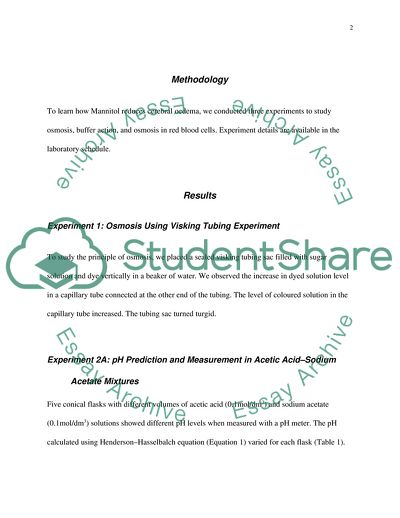Cite this document
(Mannitol for Cerebral Oedema: A Study on Osmosis and Buffer Action Lab Report - 1, n.d.)
Mannitol for Cerebral Oedema: A Study on Osmosis and Buffer Action Lab Report - 1. https://studentshare.org/chemistry/1718035-chemistry
Mannitol for Cerebral Oedema: A Study on Osmosis and Buffer Action Lab Report - 1. https://studentshare.org/chemistry/1718035-chemistry
(Mannitol for Cerebral Oedema: A Study on Osmosis and Buffer Action Lab Report - 1)
Mannitol for Cerebral Oedema: A Study on Osmosis and Buffer Action Lab Report - 1. https://studentshare.org/chemistry/1718035-chemistry.
Mannitol for Cerebral Oedema: A Study on Osmosis and Buffer Action Lab Report - 1. https://studentshare.org/chemistry/1718035-chemistry.
“Mannitol for Cerebral Oedema: A Study on Osmosis and Buffer Action Lab Report - 1”. https://studentshare.org/chemistry/1718035-chemistry.


